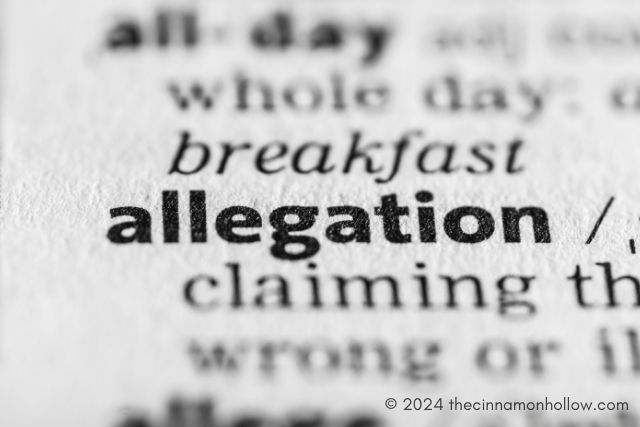In the intricate landscape of medical interventions, the Bard PowerPort, a once-promising implantable catheter device, now finds itself entangled in a web of lawsuits. Manufactured by Bard Access Systems Inc., the Bard PowerPort was designed for intravenous delivery of medications, particularly for treatments like chemotherapy.
However, this medical device has been marred by claims of serious complications, fractures, and migrations, leading to a wave of product liability lawsuits. In this article, we will dive into the Bard PowerPort, exploring complications, recalls, legal battles, and the ongoing struggle for medical device safety.
A Closer Look at the Bard PowerPort
At the heart of the controversy lies the Bard PowerPort, a medical device intended for the seamless delivery of medications intravenously. Drugwatch highlights that Bard PowerPort is manufactured by Bard Access Systems Inc. It is distinguished by its titanium and plastic housing and utilizes a polyurethane material called ChronoFlex AL.
The device, inserted under the skin on the chest or arm, connects to a catheter leading to a central vein. This facilitates the infusion of medications. However, reports of serious complications, including fractures and migrations, have cast a shadow over its initial promise.
The BardPort’s widespread use in chemotherapy treatments has aggravated concerns, leading to heightened scrutiny of its safety across diverse medical applications.
Complications and Injuries
A blog post by Corporate LiveWire states that complications associated with Bard PowerPort range from minor to severe. One such serious complication is pinch-off syndrome, where the catheter becomes compressed between the clavicle and the rib, which may lead to blockages.
Patients and medical professionals have reported fractures, infections, and vascular damage, with the potential for life-threatening consequences. These complications have become central elements in the product liability lawsuits against Bard.
Despite Bard’s insistence on the device’s safety, patients’ firsthand accounts continue to emerge, further fueling concerns about the long-term impact of PowerPort usage.
Recalls and Regulatory Intervention
The Lawsuit Information Center highlights that the FDA issued a Class 2 recall in March 2020 on three Bard PowerPort models. The recall acknowledged the risk of prolonged operations due to the wrong tunneler tips, emphasizing the regulatory role in identifying and rectifying potential issues.
Despite assertions that the recalled devices weren’t expected to cause serious injury, the recall highlighted the need for vigilance in the medical device industry. Subsequent to the recall, Bard implemented additional quality control measures, signaling a step toward addressing regulatory concerns and bolstering consumer confidence in their products.
The Legal Landscape
TorHoerman Law observes that in recent years, numerous individuals affected by complications linked to the Bard PowerPort have filed lawsuits.
These lawsuits against Bard allege that the company was aware of complications linked to the Bard PowerPort. However, it continued marketing the device without making necessary changes or providing sufficient warnings. Bard attempted to shift blame onto physicians, suggesting fractures occurred due to improper placement.
The legal landscape surrounding the Bard PowerPort lawsuit has sparked debates on industry-wide accountability. Furthermore, it has discussions about the need for more transparent reporting mechanisms for medical device complications.
The Bard PowerPort MDL
The U.S. Judicial Panel on Multidistrict Litigation decided to consolidate Bard PowerPort lawsuits in August last year. This underscores the widespread nature of the legal challenges. The consolidation, led by Judge David G. Campbell in the District of Arizona, aims to facilitate coordinated discovery and pretrial proceedings.
This approach enhances efficiency and consistency in rulings, streamlining the legal process for affected individuals and potentially setting precedents for future medical device litigations. Despite initial resistance from Bard, the multidistrict litigation provides a structured platform for the diverse plaintiffs, creating a unified front against the company.
The Future of the Bard PowerPort Litigation
As the multidistrict litigation unfolds, the legal community anticipates a surge in lawsuits, signaling a protracted struggle for justice and accountability. Patients affected by Bard PowerPort complications are urged to seek legal advice from specialized product liability attorneys.
This legal landscape hints at the enduring complexities and challenges ahead, emphasizing the need for a comprehensive and vigilant approach to medical device safety. The evolving legal scenario is expected to prompt discussions within the medical community about the necessity for more stringent pre-market testing.
In conclusion, Bard PowerPort’s entanglement in lawsuits signifies a critical juncture in the discourse on medical device safety. The consolidated legal proceedings shed light on widespread concerns, necessitating industry-wide accountability.
As the multidistrict litigation progresses, it serves as a catalyst for discussions on transparent reporting mechanisms and stringent pre-market testing. Beyond legal ramifications, this ongoing saga underscores the imperative for a proactive approach to ensuring patient safety within the intricate realm of medical interventions.
The Bard PowerPort’s journey through legal scrutiny propels the medical community toward a future marked by measures that uphold the integrity of healthcare devices.






